Human-Wildlife Conflict in Africa
We set out to document and uncover the untold story of human-wildlife conflict in Africa.
This issue is becoming a serious threat to wildlife and conservation areas due to the the increasing population and pressures on wilderness areas.
It also affects the livelihood of many people, on a daily basis.
It is an issue without a simple answer.
The documentary aims to tell the story of key characters on the ground, who face daily challenges in terms of living alongside Africa’s wildlife – we show it from their eyes and to hear their point of view on this topic.
Our hope is to educate individuals around the world on what is happening – in many areas this problem is now reaching crisis level and we hope the documentary will help uncover solutions, connect communities, conservation authorities, and government.
What happens after the documentary is hugely important to us as a team – we want to see positive steps taken that allows for humans and wildlife to live side by side long term in Africa.
We are focusing only on one area – but this is truly a microcosm of what is happening in Africa as a whole and in many other parts of the world.
We follow the Grumeti Fund, navigating through the challenges of human-wildlife conflict and working to find solutions that enable people and wildlife to peacefully co-exist.
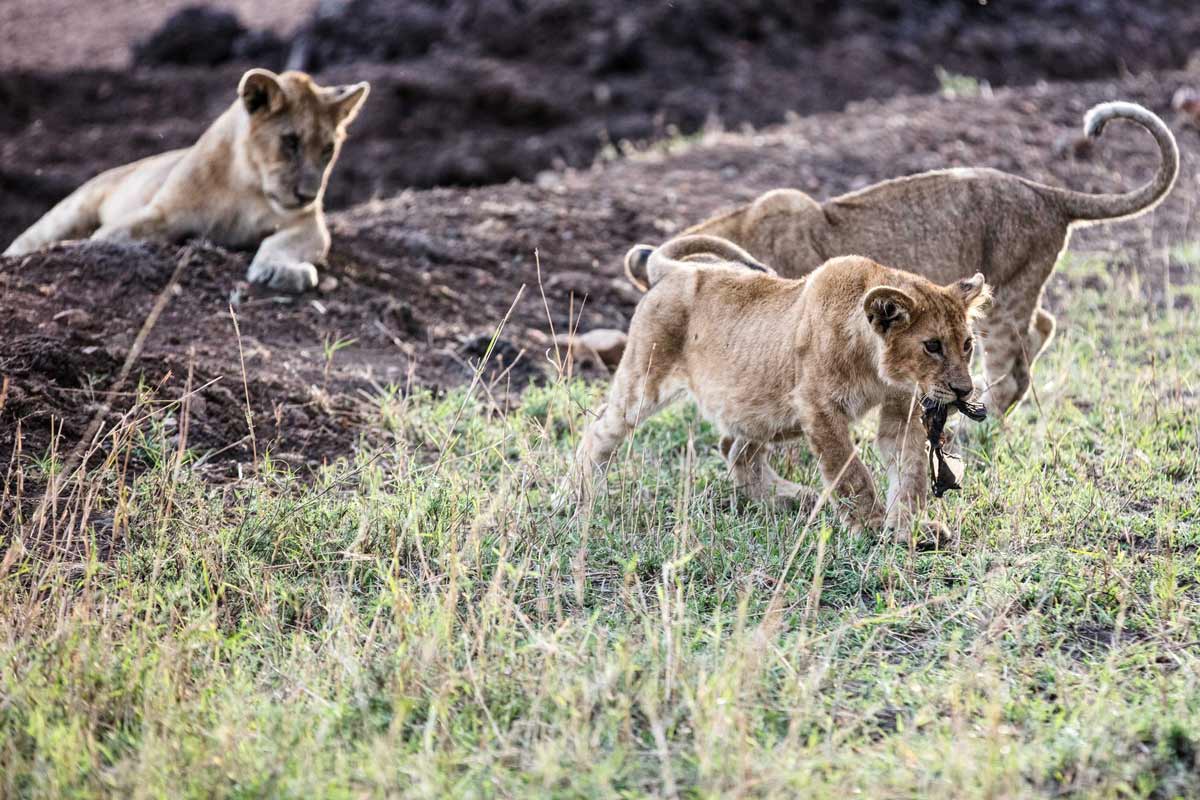


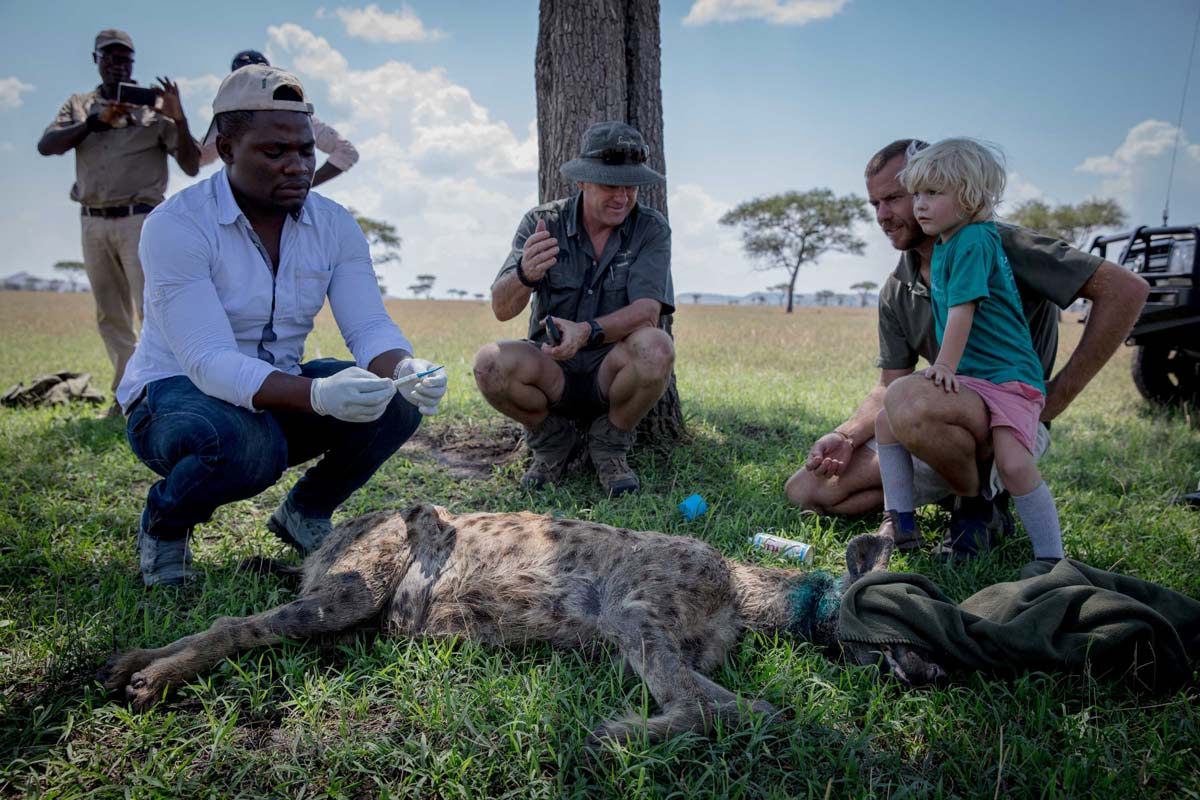
Purpose
Goals
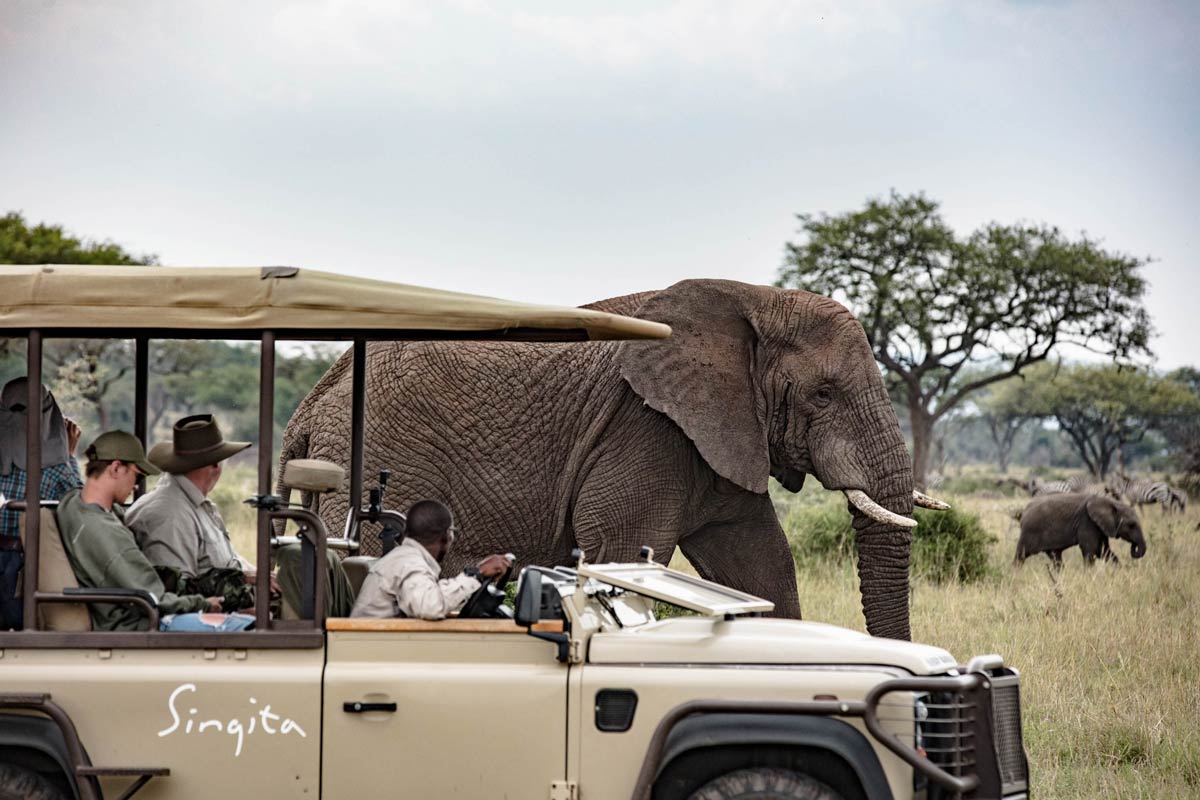
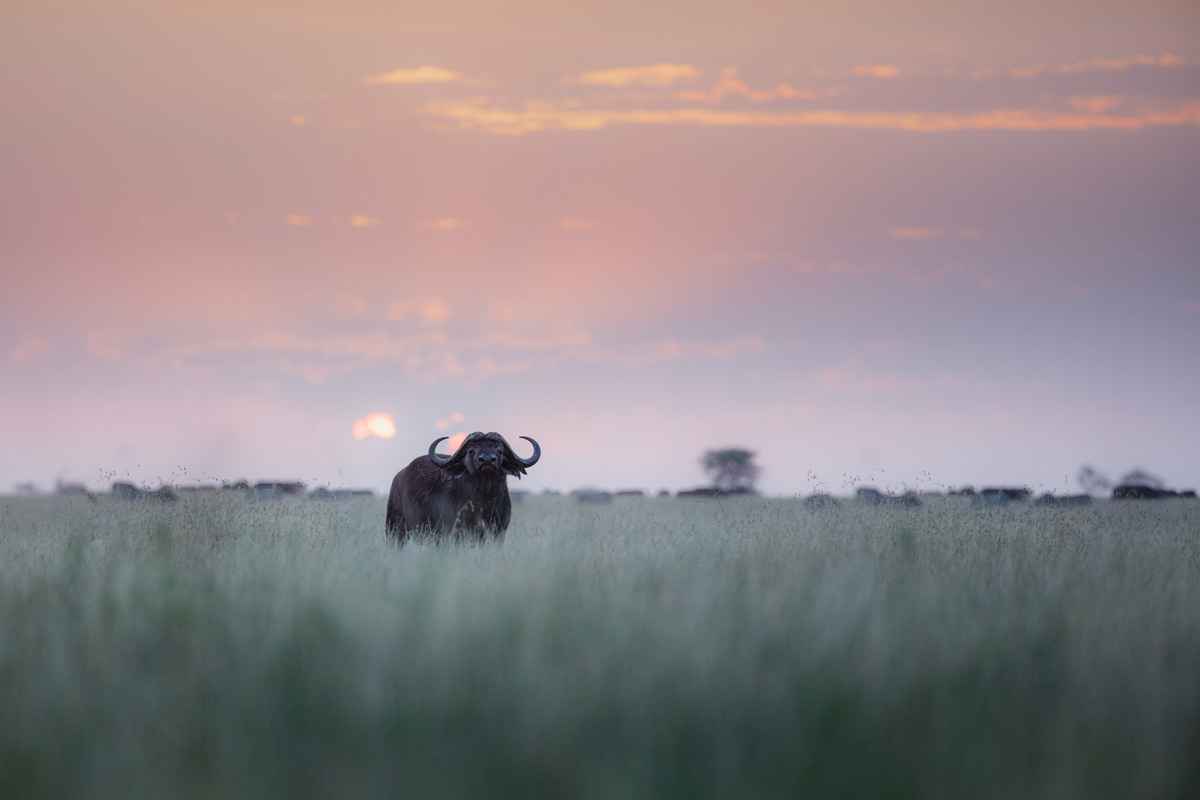

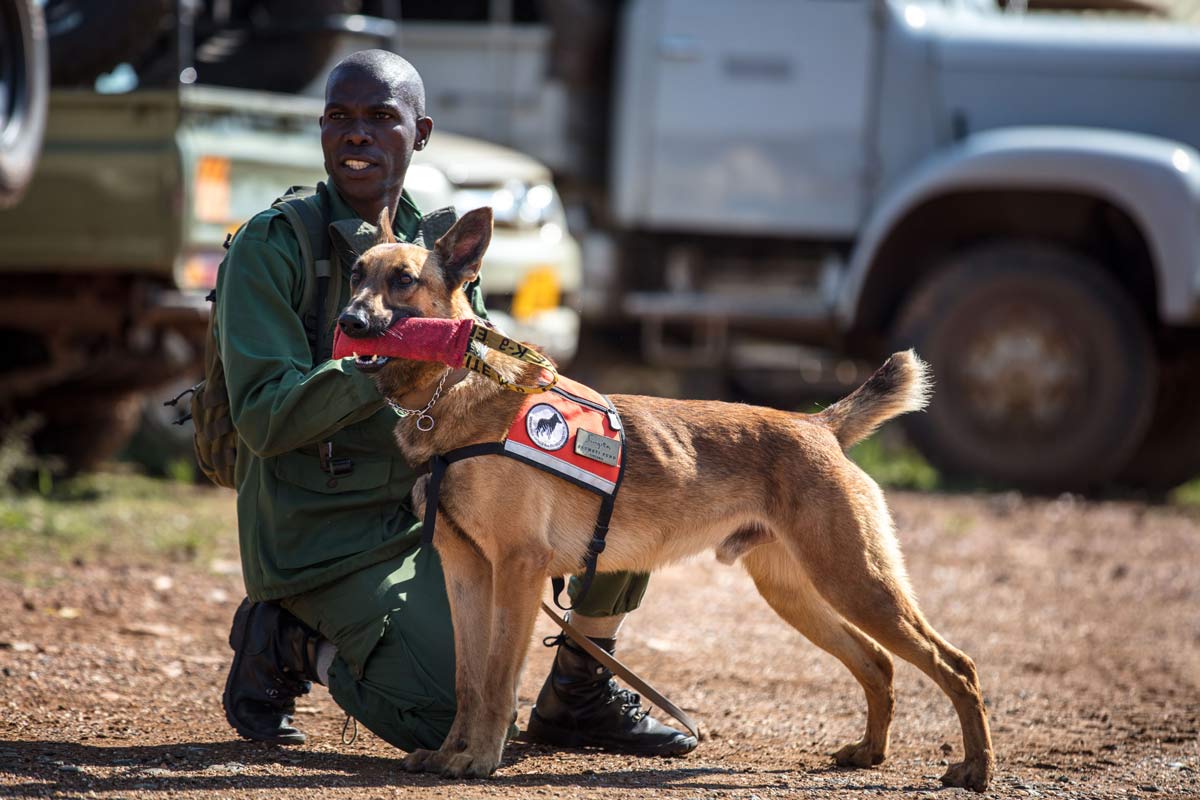


Benefits
Put a face to human-wildlife conflict – when reading scientific articles or technical reports on HWC/HEC the actual impact and scale of the conflict on both people and wildlife is not easily or effectively relayed and understood.
Show powerful visuals of crop raiding elephant destruction and retribution killings of wildlife as well as hear first-hand accounts from frustrated community members and overwhelmed protected area managers about their experiences at the coal face. Effectively conveying these ongoing challenges will tell a far more vivid, comprehensive and compelling story about an escalating conflict where there are currently few winners and the status quo has to change.
Credits
Grumeti Fund
Benjamin Haskins
Andrew Gibbs
Naude Heunis
Sacha Specker
Niven Hans
Empowers Africa
Eyes on You Safaris
Big Life Foundation
Bonchugu Village
Rd. Justin Chamanche
Tanzania Wildlife Research Institute (TAWIRI)
Tanzanian Wildlife Management Authority
How can you help?

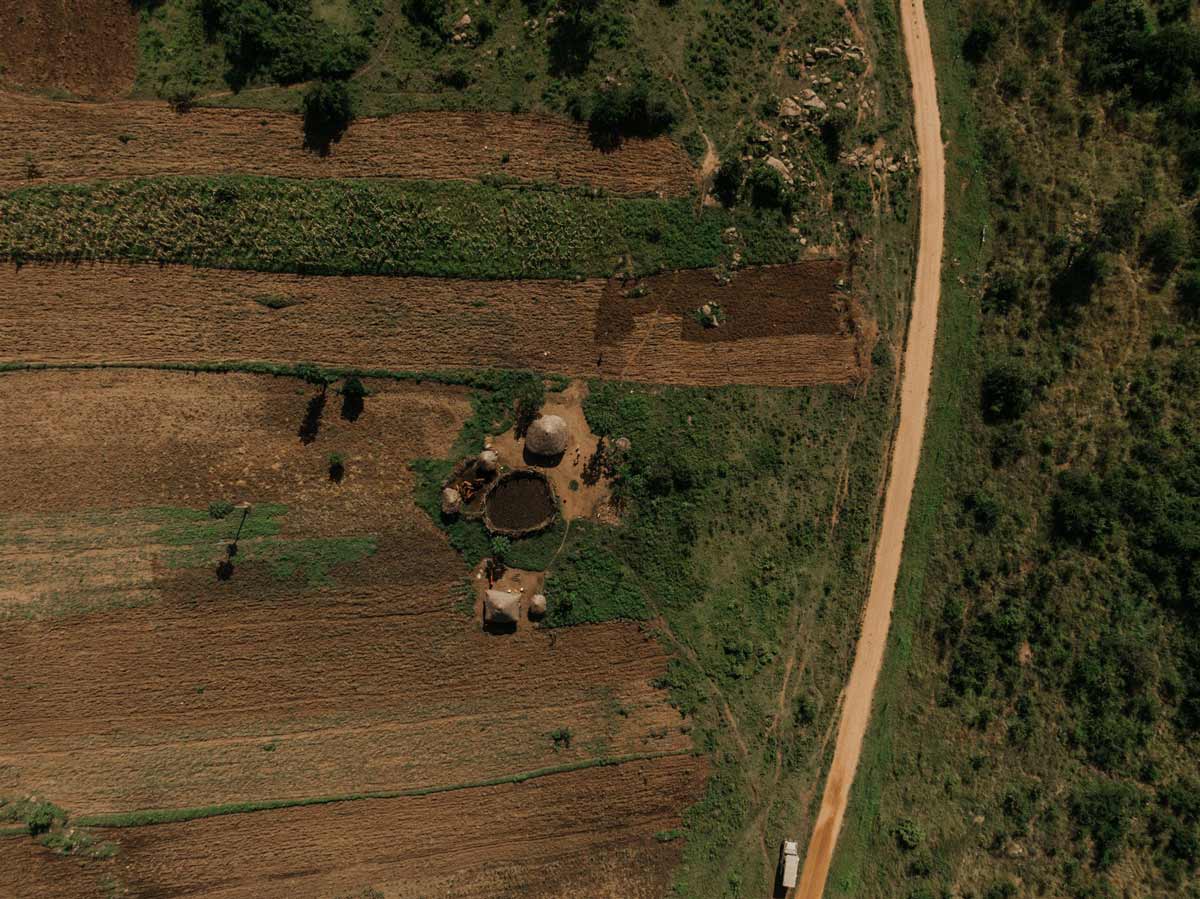
Along the Western corridor of the Serengeti ecosystem in Tanzania lies a big problem. Human-wildlife conflict. This area sees expanding human populations and shrinking wild spaces. People are suffering from wildlife attacks and loss of livelihoods when wild animals raid their crops and kill their livestock. Wild animals are suffering as their natural habitats get smaller, forcing them into what are now human settlement areas.
Human-wildlife conflict exists all over the world, from leopards killing people in India to elephants crop-raiding in Africa. While every situation requires a different set of mitigation tactics, in the western Serengeti the construction of a fence is the most recent solution to be implemented, effectively separating human areas and wild spaces without impacting on the natural movement patterns of wildlife.
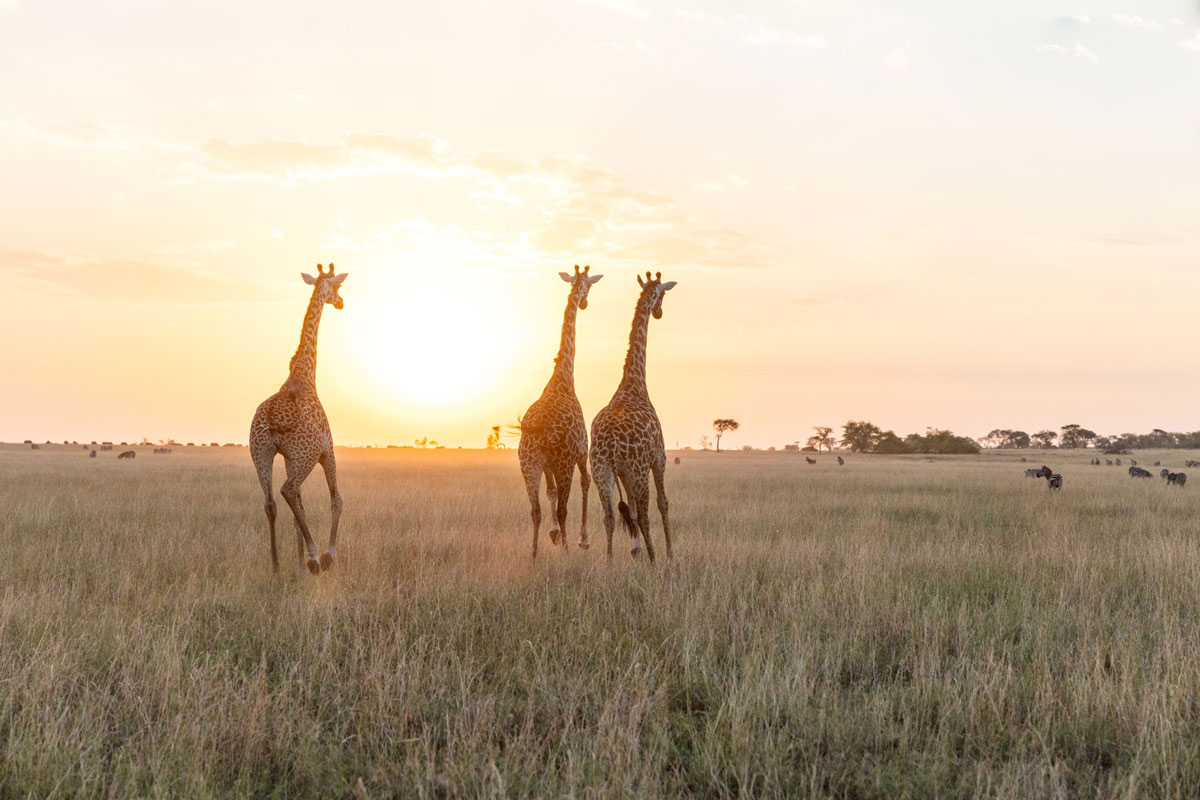

This is just one way in which human-wildlife conflict can be prevented, but it is the most successful method to date. It will allow people and wildlife to live safely and free from danger.
We want to see a future of peaceful co-existence for people and wildlife in this area, and the fence will enable this to happen. You can help to save the lives of people and wildlife by purchasing a meter, or more, of this fence. You can help to change lives for the better.
This documentary aims to contribute to change, as do many of our films, so that a positive future can be created.


